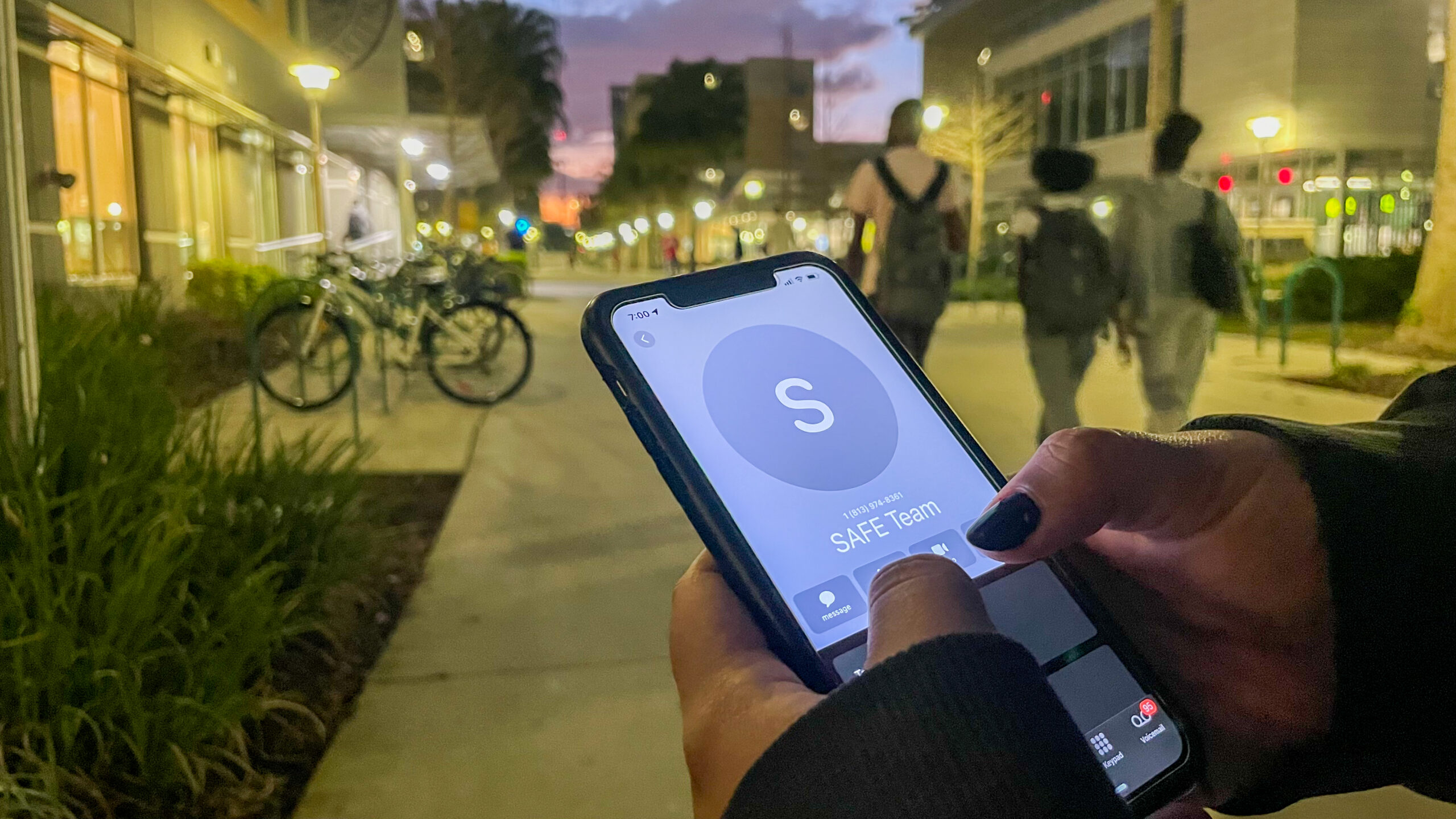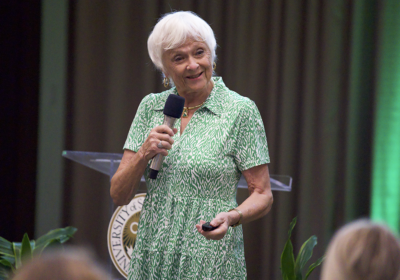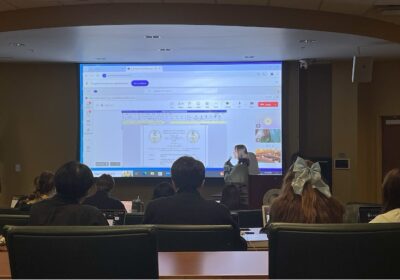USF students might not be able to contact SAFE Team. Here’s why.

Students who contact the SAFE Team regularly might have noticed the service has been mostly unreachable this semester.
The two main reasons: new updates on the computer system and staffing issues.
The computers and phones used to monitor and communicate with students recently went through an update. The update led to a change of the contact number for the service.
The new number has still not started being advertised and the SAFE Team doesn’t have access to the old one anymore.
So when students call the old number in order to get a ride on campus, the SAFE Team doesn’t receive any calls.
The SAFE Team was created by Student Government (SG) in partnership with the University Police Department to ensure students can arrive at their destination safely from 6 p.m. to 2 a.m.
Students can call a number in order to get picked up by golf cart or escorted by foot to whatever on-campus location they need to go.
Students are used to the old number, which is also the one available on most platforms and physical items such as the back of the student ID. This makes it hard for the new number to be put in use, said SAFE Team Director Jeremiah Gibbs-Clarke.
The new number, 1-813-974-8361, is not yet listed on the SAFE Team website.
There have been attempts to update the number on the SAFE Team website and social media, according to Gibbs-Clarke.
Even if you are able to call the right number, there might still be a few bumps in the road in your experience with the SAFE Team.
Gibbs-Clarke said the old computers held basic information and organization resources that weren’t carried over to the new ones.
Among those resources, Gibbs-Clarke said they lost access to an Excel spreadsheet that had data like the teams’ availability, the distance from one place to the other and the expected wait time for students.
Without the data they had gathered in the old computers, the SAFE Team can’t effectively communicate with students and has had to start gathering data from scratch, according to Gibbs-Clarke.
“It is a major issue that we’re having that we didn’t even foresee because we didn’t know, we were never planning on upgrading the phone,” he said.
Related: Swiping USF IDs. Increased security. The future of the Tampa campus library
Gibbs-Clarke said he was told Information Technology (IT) support would get back to the SAFE Team in a couple of weeks to rectify the problem when he first reached out on Feb. 15.
He said he thought that was too long of a time for the miscommunication to keep happening between the service and students. The SAFE Team is currently waiting for the system issue to be fixed while playing by ear in providing rides to students without their usual database.
Gibbs-Clarke said the SAFE Team has since reached out to IT for help but have heard back that the IT support is “swamped.”
The IT telecom team began working with the SAFE Team to transition them from traditional phone lines to Teams in late 2023, according to senior director Christopher Akin.
The work was finished in January, and according to Akin, IT has not heard of any technical problems from the SAFE Team, and there are no current open trouble tickets.
The SAFE Team also can’t get to every student due to shortage of staff and because all staff are students, scheduling has been hard, according to Gibbs-Clarke.
General Field Staff (GFS) are students employed by the SAFE Team who drive the golf carts around campus. Usually, there are around 30 GFS’s working in the SAFE Team, which equals 15 teams of two people.
The SAFE Team is currently composed of 22 staff members in total, 12 of which are Dispatchers (DSP), who answer the phone and keep track of the team in the golf carts, and 10 GFS’s, or five teams.
Gibbs-Clarke said the SAFE Team has hired 25 new part-time employees, none of which have accepted the offer yet.
The unavailability of the SAFE Team on Fridays and Saturdays is due to the fact that a lot of students have reached their maximum hours they are allowed to work per week, which is 20, according to Gibbs-Clarke.
Gibbs-Clarke said the plan is to have the new staff members ready to work by April, and that there is still no expected date for the phone issue to be entirely fixed.
In hiring new employees, the aim is to pick up where the SAFE Team is falling short, according to Gibbs-Clarke.
“I utilized the service so I know how important it is to students, especially in terms of safety,” he said. “Campus is big and sometimes it’s empty at night, so just the mere presence of us being around it gives people more comfort than anything else.”






